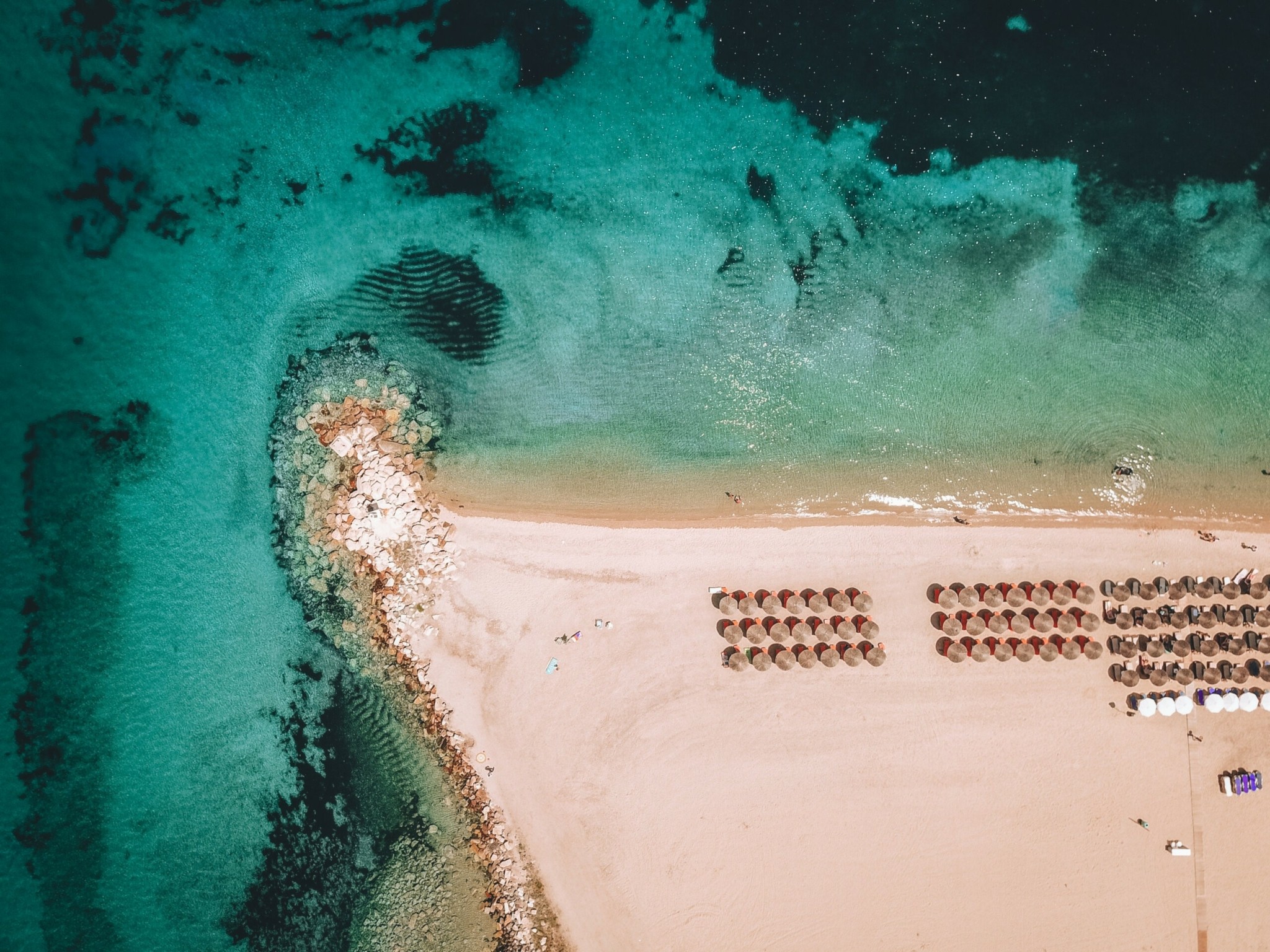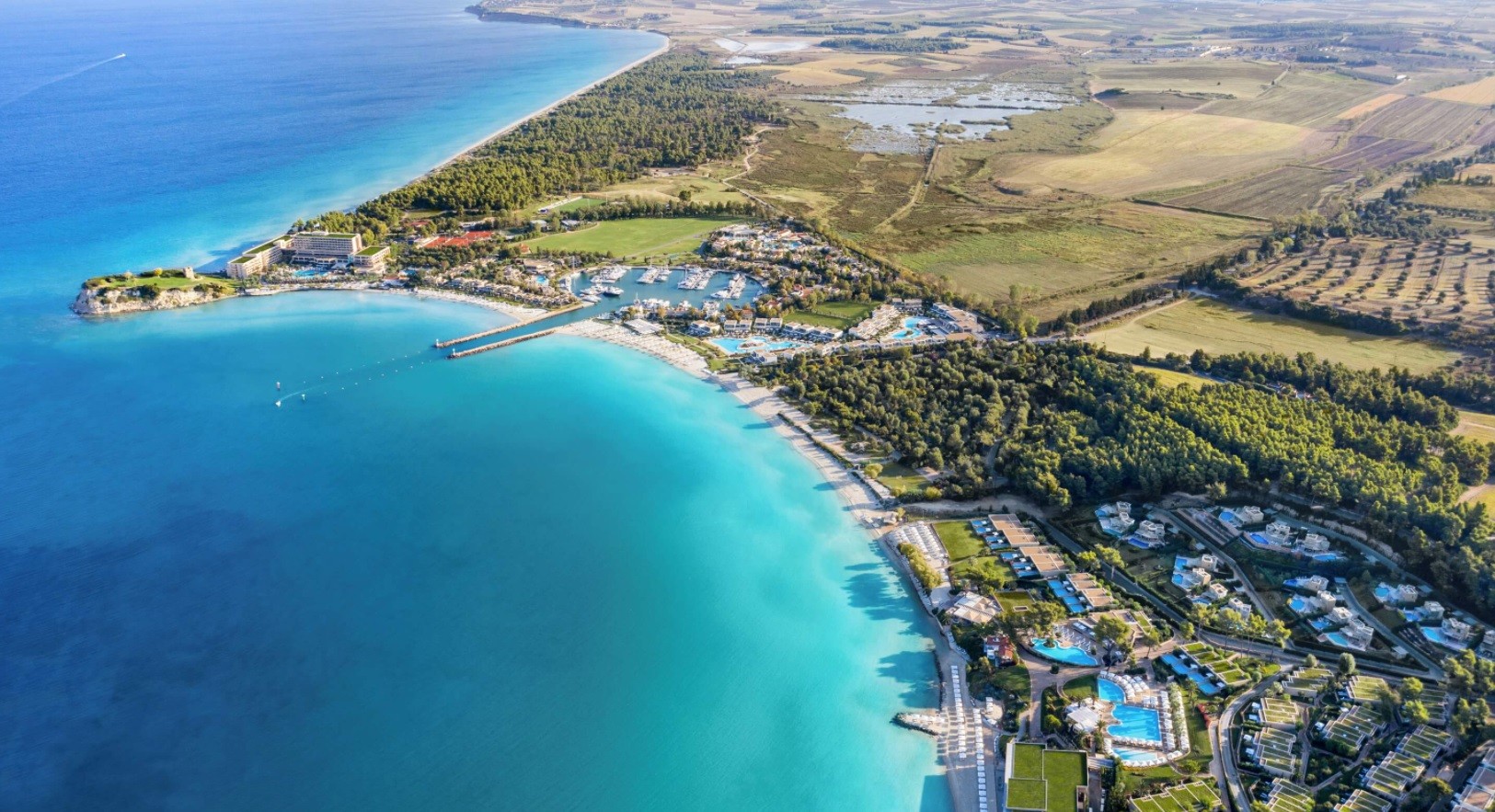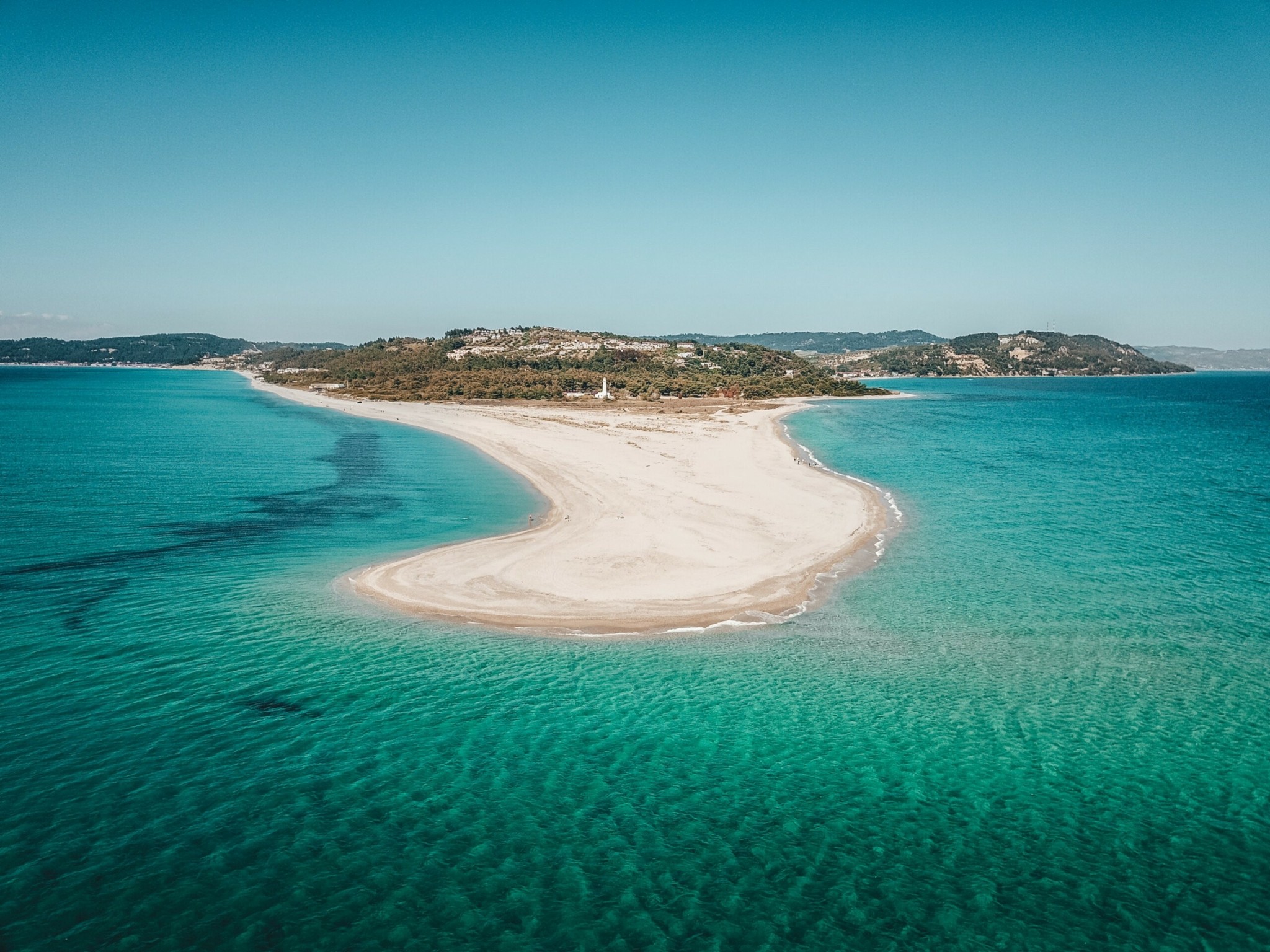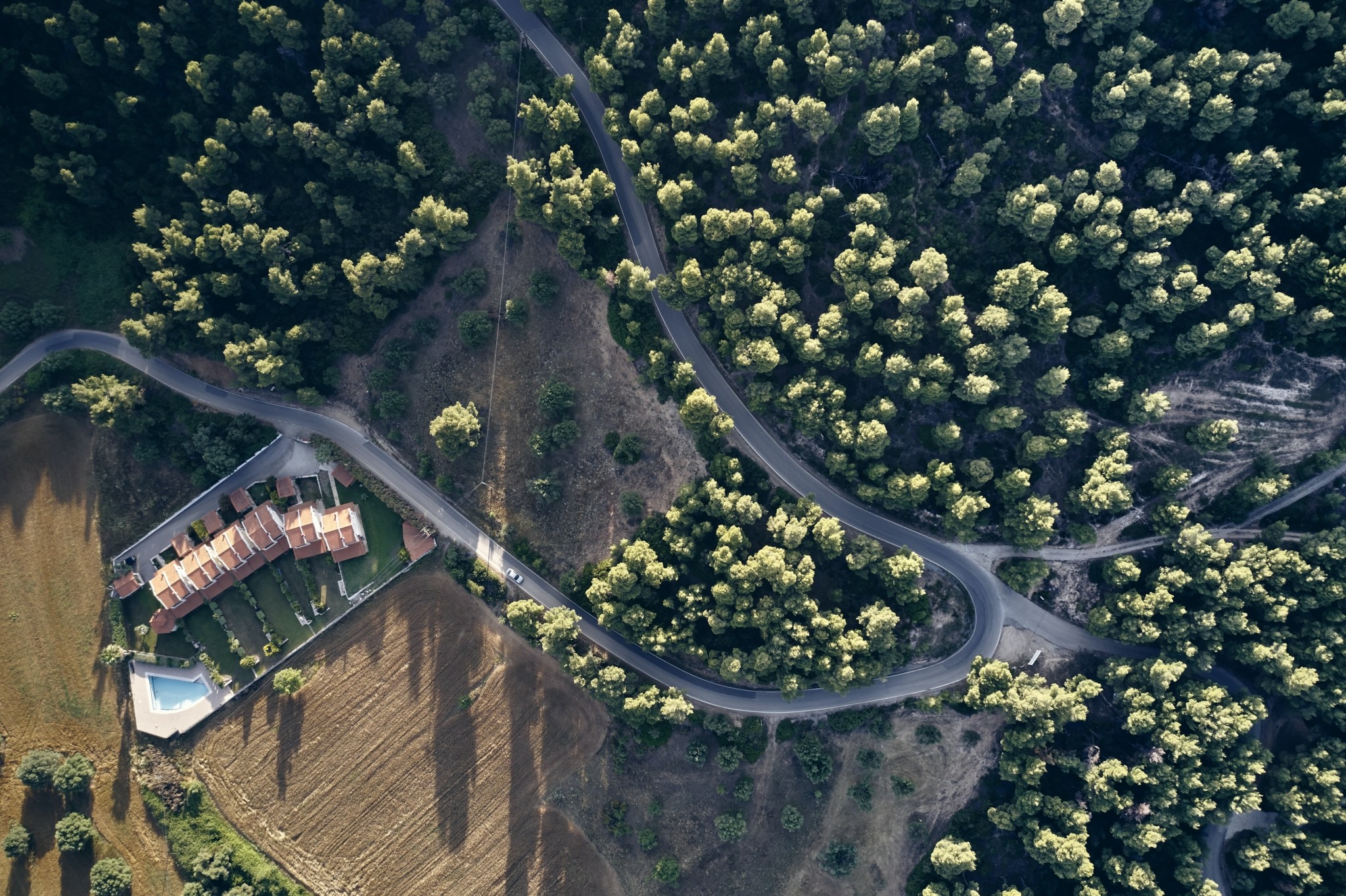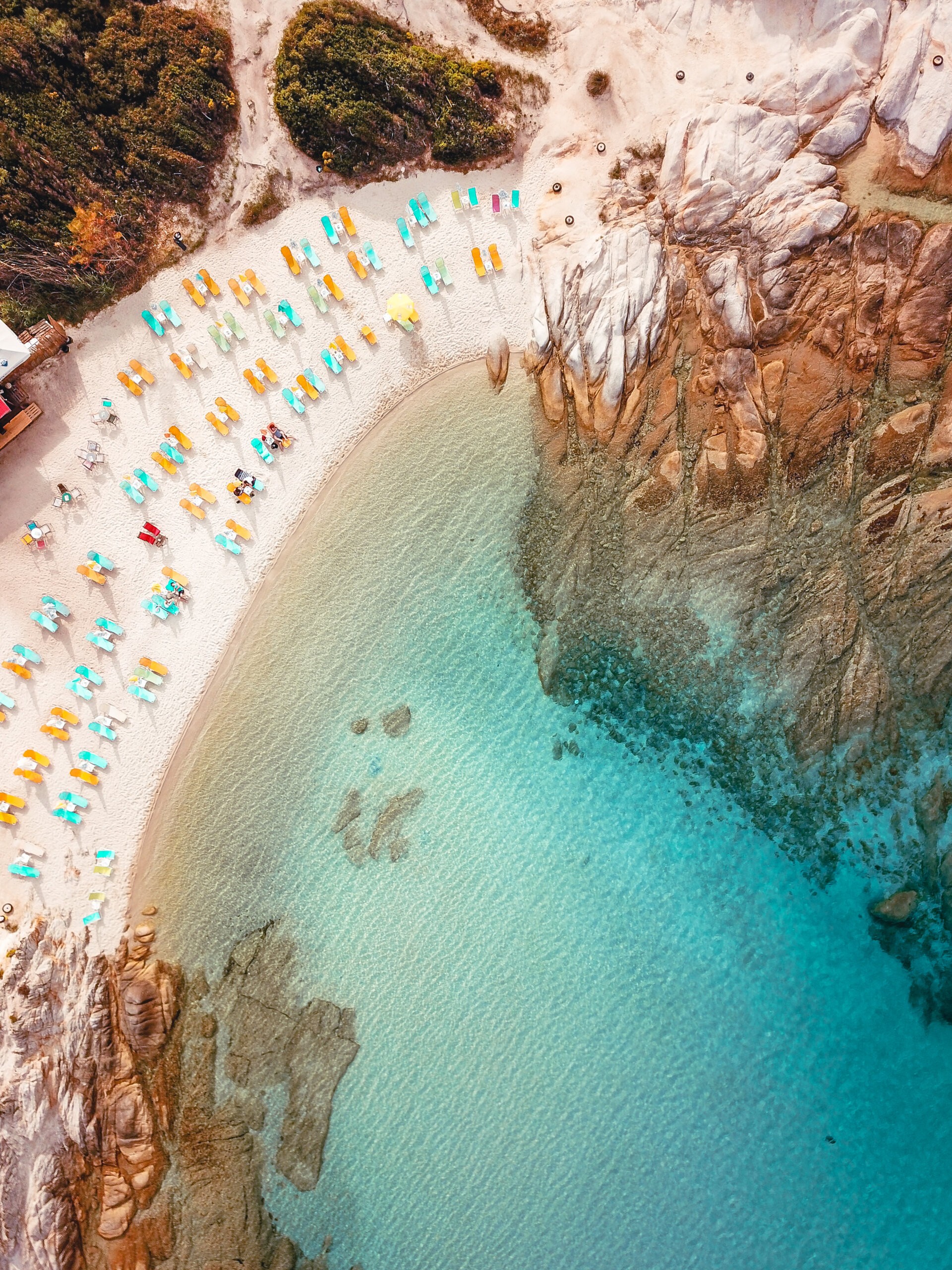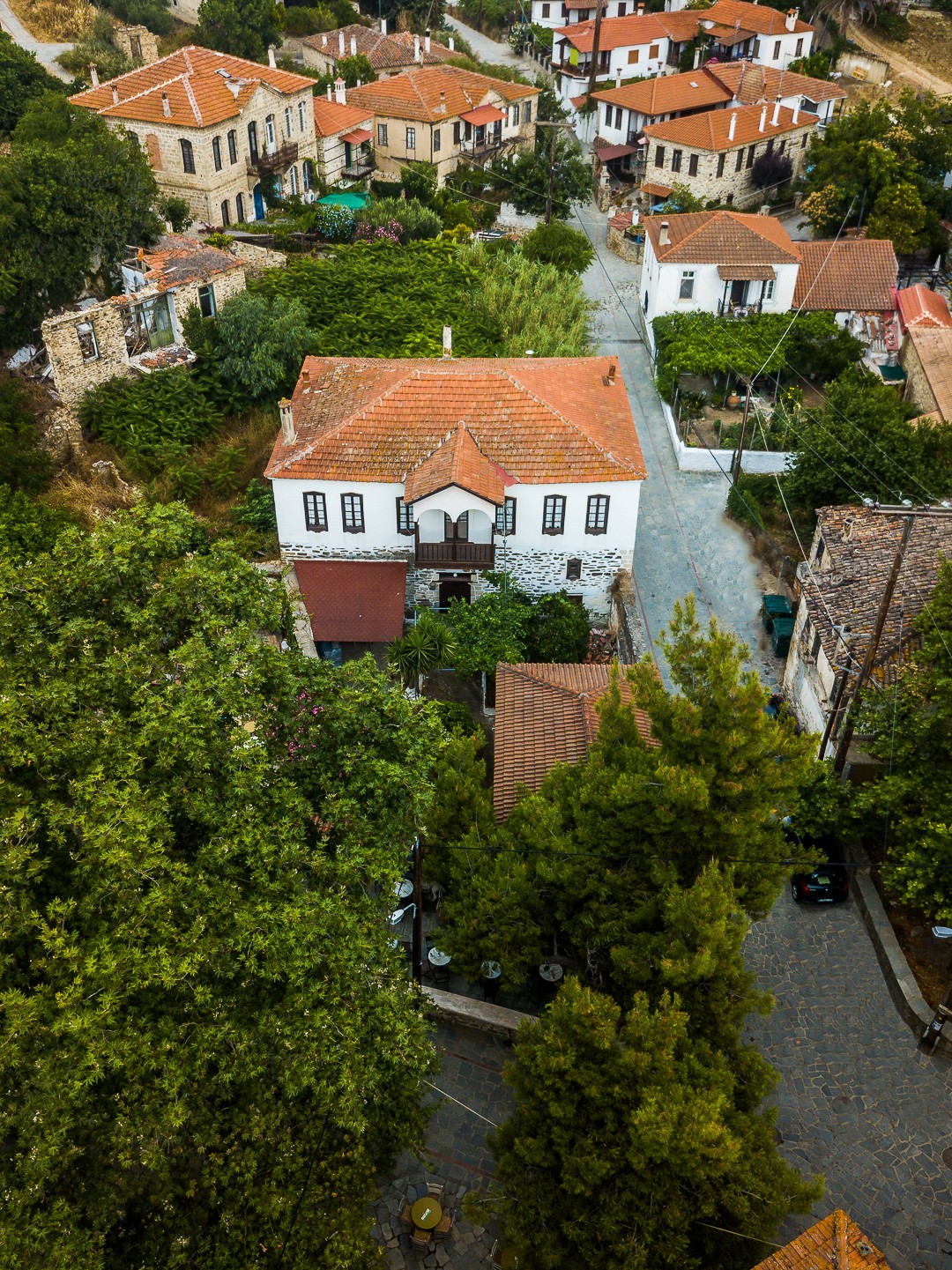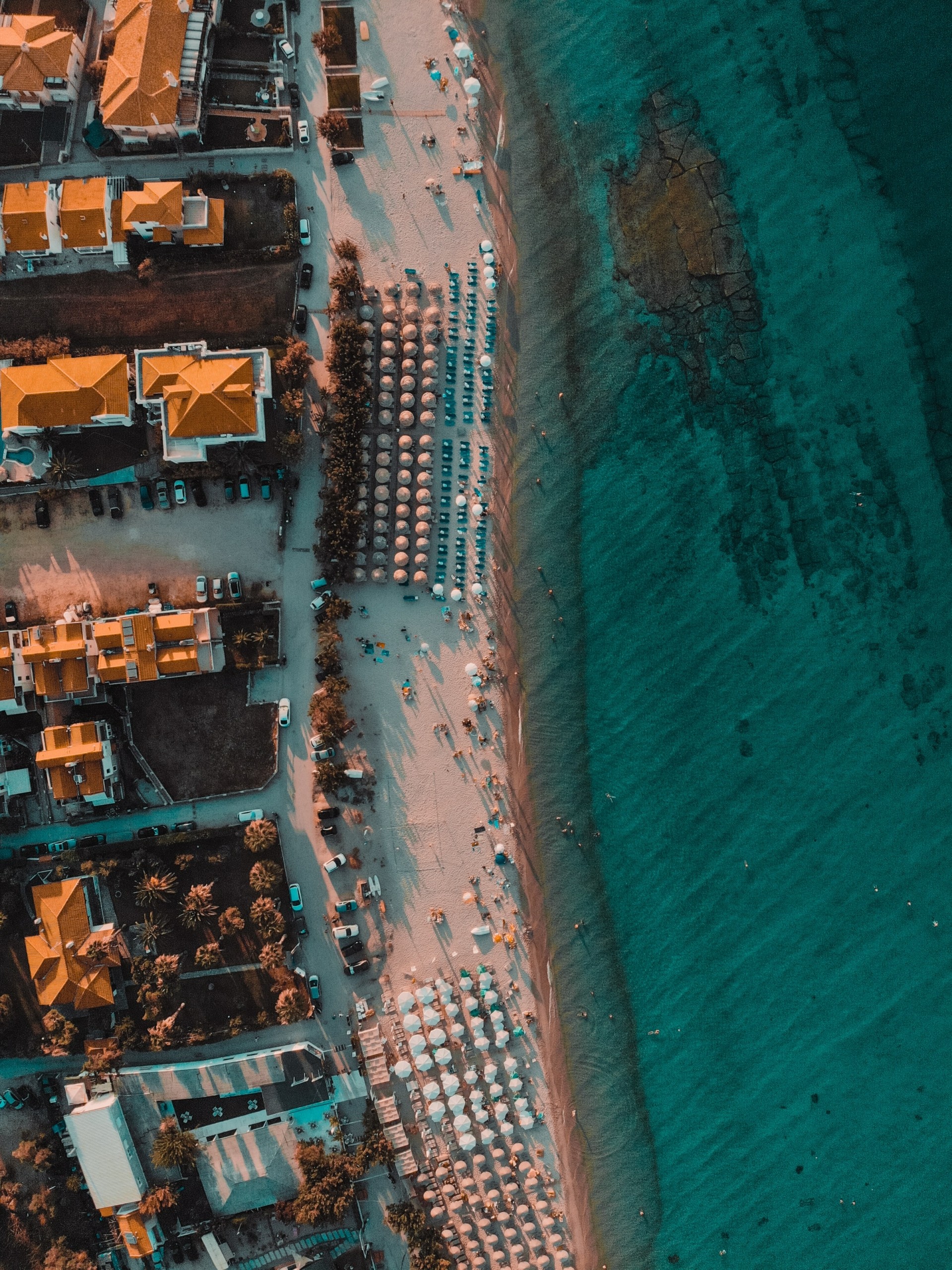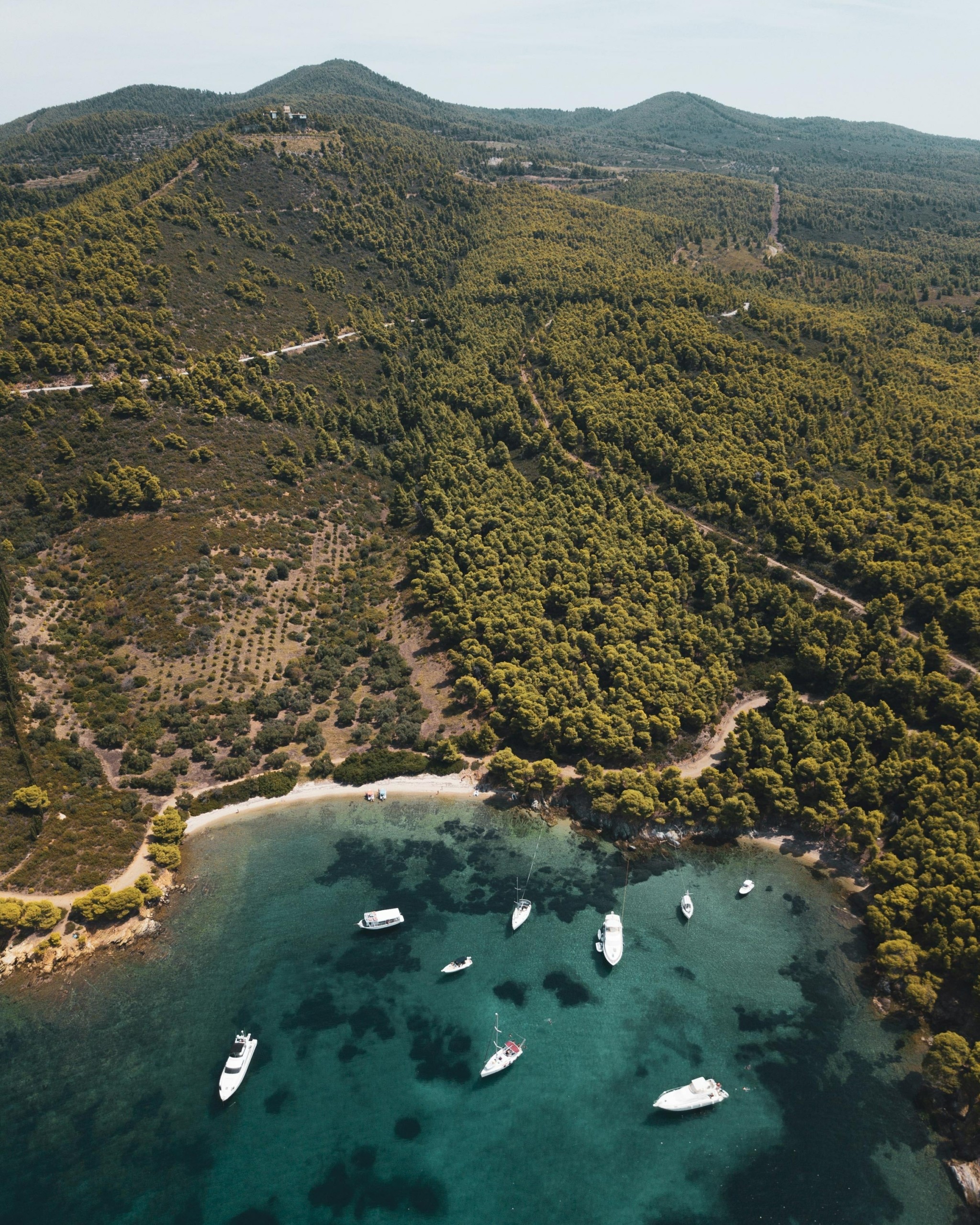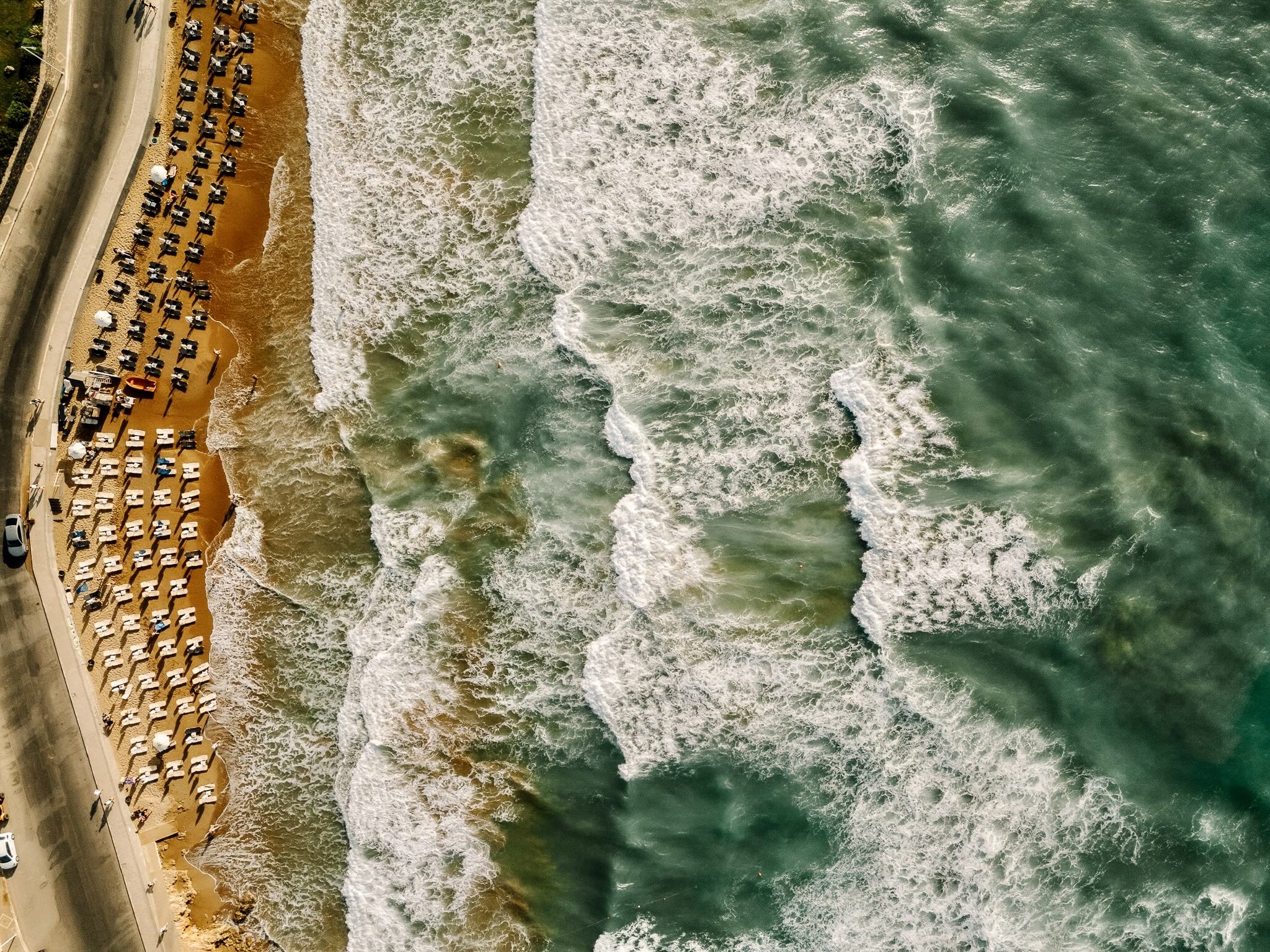No one really knows how many beaches there are actually in Halkidiki, a peninsula in northern Greece which resembles a hand with three fingers, or, as they are usually called, legs. What we know, however, for sure is that at least 85 out of all these beaches get a distinction every year in the iconic Blue Flag Beach Awards. With coarse or fine sand, deep or shallow waters, the choices are endless.
Often misunderstood, distant and unknown to many residents of Southern Greece· only the residents of Thessaloniki swear eternal devotion to Halkidiki. Nevertheless, it is an easily accessible destination from all over the country, thanks to the modern motorways that connect it with Athens, Epirus, Thessaly and Thrace. Halkidiki could be divided into three main parts or rather three and a half: the inland or mountainous Halkidiki, dominated by two mountains, Cholomontas and Kakavos· the first leg, called Kassandra, the second leg, known as Sithonia, and the remaining half is the part of the third leg that is freely accessible, up to Ouranoupolis. From there begins the autonomous monastic state of Mount Athos, which has been classified as a World Heritage Site and which can only be entered by males.
The tour of the legs and the whole region is relatively easy and in any case exciting. The first leg is the busiest and most cosmopolitan, while in the second leg there are more deserted beaches and alternative options.
Kassandra, the popular
Officially, the first leg peninsula starts in Potidaea. What is not widely known is that in fact the first leg is an island, separated from the mainland by a canal, and is connected to it by a bridge. It is unknown when the canal was opened but it was certainly thousands of years ago. In the channel of Potidaea you will see pine trees reaching the sea, many vessels and visitors gazing at the isthmus.
Heading south, just a few kilometres further, make a first stop at the settlement of Sani. Here you will find one of the largest resorts in the country, and even if you decide not to stay, it is worth taking a tour of the facilities. Or, just grab a coffee and a snack before hitting the road again.
Next are Siviri and Fourka, two seaside settlements with beautiful beaches and many stores. You will also find an excellent beach in the settlement of Aegeopelagitika and in Possidi, which is famous for its long beach and for its astonishing sandy cape.
From Possidi and beyond, the shops and crowds thin out, until you reach the southernmost point of the road and turn left, towards the eastern side of Kassandra. This side is the busiest, as it has the most famous and impressive beaches: Glarokavos, Pefkohori, Hanioti, Kryopigi – all of them with turquoise waters and a lot of greenery, as the pine trees reach the shore. And all of them with beach bars, which are particularly loved and praised by the Balkan visitors of Halkidiki.
After Kriopigi, there is the undisputed capital of the first leg, Kallithea. This is where the commercial activity and nightlife is concentrated, since the settlement has many bars and clubs. You will also find many choices in accommodation, shopping and dining.
Before returning back to Potidaea and the top of the leg, you will see signs for the settlement of Afitos (or Athitos). Here, apart from the sandy and well-organized beach, take also a walk in the village. You will see traditional stone houses, cobbled alleys, blossomed courtyards and small squares. Because the village is built amphitheatrically above the sea, you will also have a nice view of Toroneos Gulf, and if the sky is clear you might be able to see the second leg across.
For the tour of Kassandra you will need to travel about 100 km.
Sithonia, the alternative
Starting from Nikiti and crossing the western side of the second leg peninsula, the road reaches the southern end, Porto Koufo, and continues on the eastern side, along the coast and overlooking the sea. Nikiti and Neos Marmaras are the two largest villages of Sithonia. In Nikiti you will enjoy magnificent evening strolls along the village’s redeveloped coastal front with its large pedestrian streets, benches and outdoor stalls, while in Neos Marmaras you will find many cafes and fish taverns, as well as many exciting nightlife options, from hip nightclubs to cool beach bars.
After Neos Marmaras and up to Porto Koufo, you will find some of the most beautiful beaches of Sithonia: Krifos Paradeisos, Tristinika and Toroni. Along the main coastal road of the latter, you will find many quaint taverns and cafes. Porto Koufo is a foodie’s paradise, since here you are guaranteed to enjoy the freshest fish in one of the many fish taverns on the bay.
From Porto Koufo the road continues for a while through hills and woods to reach the other side of the peninsula and the village of Kalamitsi. From here and up to Vourvourou, most of the beaches have coarse sand, pristine waters and pine trees by the sea. The entire eastern coastline of the second leg is full of small and large bays, each of which has a paved road leading down to the beach. The only relatively large village is Sarti, which attracts many tourists as here one finds plenty of vacation rentals and restaurants.
After Sarti, you will find the famous cluster of unique, white washed beaches, the so-called Kavourotrypes. Pine trees, white rocks and crystal clear turquoise waters compose a landscape of stunning exotic beauty. A little further north is one of the most famous beaches in Halkidiki, Armenistis, where you will also find one of the largest and most organised campsites in Greece. With plenty of accommodation covering all types of holidays, leisure facilities, water sports and many dining options, Armenistis looks like a small village.
Continuing north on the east side you will reach Vourvourou. Here the sand becomes finer and the waters shallower but remain just as clear. It is worth taking a boat from here to discover nine stunning islands opposite Vourvourou. In Diaporos, the largest of these islands, the beaches are reminiscent of the Caribbean.
Still, there are many more beaches to see in the second leg peninsula; after Vourvourou and up to Agios Nikolaos you can enjoy a nice swim in Livari, Talgo and Lagonisi. Ormos Panagias is very similar to Porto Koufo; it is a picturesque fishing village where you can enjoy fresh fish in one of the local restaurants.
For Sithonia you will also need to travel about 100 kilometres to get all the way around.



